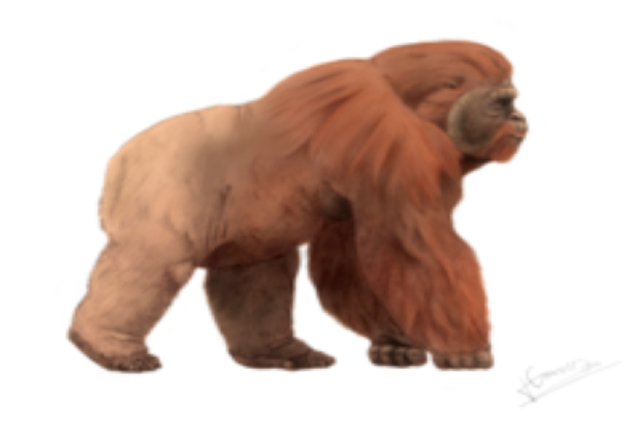Cats have been a companion for humans for millennia and have been present in much of our history. They were worshiped in ancient Egypt, where they were said to represent Bastet, the goddess of home and fertility. Cats were also seen as symbolizing grace and poise in the Middle Ages and were highly sought after as companions by nobles. In more modern history, cats have been seen in literature, such as in the works of Lewis Carroll, Charles Dickens, and T.S. Eliot. Today, cats are more popular companions than ever before.
Ancient Egypt and Cats
In ancient Egypt, cats were highly revered and were often depicted in art and literature as sacred animals. They were believed to be the protectors of the home and the embodiment of the goddess Bastet, who was the patroness of cats, childbirth, and fertility. Cats were also believed to bring good luck to their owners and were often depicted with their owners in tomb paintings.
Cats were so highly prized in ancient Egypt that it was against the law to harm or kill a cat, and anyone found guilty of doing so could be punished by death. Cats were also often mummified and buried with their owners when they died, indicating the strong bond that existed between cats and people in ancient Egypt.
Overall, the relationship between cats and people in ancient Egypt was one of deep respect and reverence, with cats being seen as sacred and valued members of the household.
In the Roman Empire
In the Roman Empire, cats were generally viewed in a positive light, although, they were sometimes associated with witchcraft and were therefore sometimes feared. Despite this, cats were kept as pets in many Roman households and were also used to keep homes free of pests such as mice.
Cats are often shown in mosaics and frescoes from ancient Rome, and they are also depicted on a variety of other objects such as jewelry, figurines, and pottery. One well-known example of a cat depicted in Roman art is the “Mona Lisa of the Romans,” a mosaic of a cat found at the Roman villa of Piazza Armerina in Sicily. This mosaic, which dates to the 4th century AD, depicts a cat perched on a windowsill and is considered one of the finest examples of Roman mosaic art. There are also many other examples of cats depicted in Roman art, including frescoes, sculptures, and paintings, that can be found in museums and archaeological sites around the world.
Cats in the Middle Ages
Cats were not always viewed positively in the Middle Ages. In fact, they were often associated with witches and were therefore feared and mistreated. Cats were also sometimes believed to be associated with the Devil, and they were thought to be capable of causing harm to people. This negative perception of cats was likely influenced by the fact that cats were often associated with the supernatural in many cultures. Despite this, cats were still kept as pets in some parts of Europe during the Middle Ages, and they were valued for their ability to control pests such as mice. However, the negative perception of cats persisted throughout the Middle Ages and into the early modern period, and it was not until much later that cats began to be more widely accepted and valued as pets.
And during the Modern Times
During the modern era, the perception of cats as pets changed significantly. By this time, cats had become much more widely accepted as household pets, and they were no longer associated with the supernatural or with witchcraft. In fact, cats became very popular as pets in the 20th century and continue to be popular today.
In the United States, the first cat show was held in 1895 at Madison Square Garden. Since then, cats have been bred for a variety of different characteristics, and today there are many different breeds of cats to choose from. Cats are now considered to be a common and beloved household pet, and they are valued for their companionship. They may not be revered as they were in ancient Egypt anymore and unlike during Roman times they are not seen in mosaics or frescoes; today they are found instead in watercolor portraits, books, and of course, the Internet.


